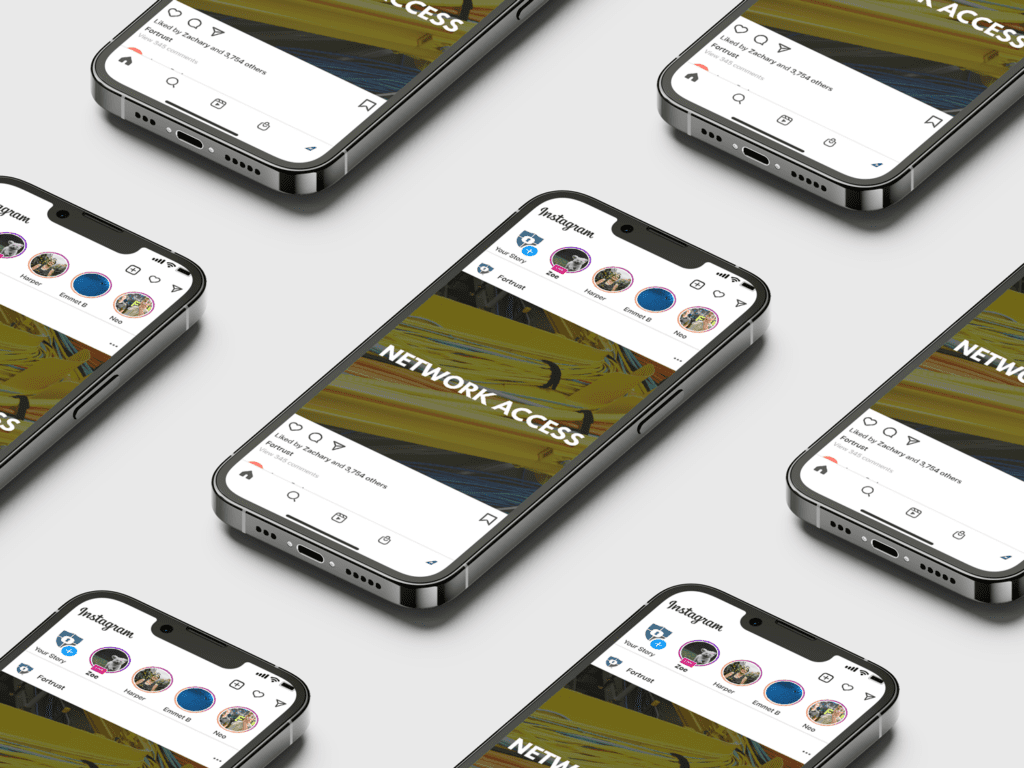Technology Case Study

Results
Within the first year, ROI across all marketing increased by 300%.
- Sales close rates went from 5% to 33% from marketing-qualified leads
- Conversion rates went from .7% to 46% on top-tier product sales
- Increased lifetime ROI 700% by nurturing existing customers
Market Differentiation in the Tech Industry
Market differentiation was the biggest priority for our technology industry client. With a global market value of roughly $5.2 trillion, it’s no surprise that our client wanted to leverage marketing to tap into a vast consumer segment.
The challenge? Their marketing strategies weren’t gaining any traction. Our client was experiencing negative overall ROI and steep conversion costs, and their marketing team didn’t have the resources to make a splash in an already overcrowded digital space. Our client understood the importance of marketing, but they were hemorrhaging money.
With the help of Madison Taylor Marketing, our client changed the trajectory of their marketing initiatives. Not only did we help them improve sales close rates, boost conversions, and increase lifetime ROI, but they also turned their marketing ROI positive.
Here’s How We Did It
Right off the bat, we recognized our client lacked a comprehensive marketing strategy, and their efforts were concentrated mostly on reacting to losses or promoting one-off events or offers. We knew we needed to change that, so we started laying the foundation for a comprehensive and integrated marketing strategy.
- First, we worked with our client to determine who their ideal customer was, and we developed buyer personas that were integrated into our marketing efforts.
- Next, we helped unify their brand across all platforms by standardizing their marketing collateral and brand guidelines while working with them to create a cohesive customer experience.
- Then, we built out a top-to-bottom strategy, including social, email, and asset creation deliverables that followed a unified publication schedule.
- After implementing our comprehensive strategy, we developed a strategy for marketing and sales alignment that got better leads in the door.
- Finally, we leveraged segmented audience analytics, A/B testing, targeted ads, conversion optimization, and engagement-boosting content to guide marketing decisions and make continuous improvements to the strategy.




“I have worked with Madison Taylor Marketing with two brands to optimize Hubspot with a customer service ticketing system, social media management, and consulting on email marketing. They are very responsive to our requests and have put in a lot of extra time to make sure the job is done right. They keep our budget constraints in mind and show us how to best use our money in an effective way.”
